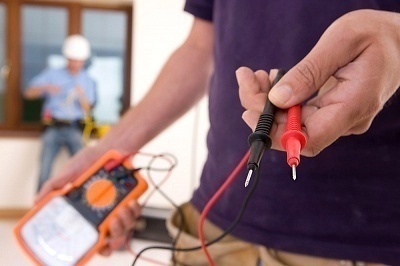Voltage is the measurement for the electrical force between two points that drives the current. More specifically, voltage is the measure of the energy per unit charge that is equal to the electrical potential difference between two measured points. Volts are normally measured by a voltmeter. Voltage drop is the reduction in voltage in an electrical circuit between the source of power and the load on a circuit. Many electrical codes throughout the United States and the developed world set specific guidelines for the maximum voltage drop permitted in an electrical circuit. This helps ensure the safety and efficiency of electrical equipment.
Why Is Voltage Drop Important?
An excessive voltage drop in an electrical circuit can result in electrical equipment on the circuit running unsatisfactorily. In more extreme cases, too much voltage drop can result in significant damage to electrical motors. There are a number of ways to mitigate voltage drop in circuits, with the easiest being to increase the conductor's diameter. It lays between the source of electrical current and the circuit load which results in overall reduced resistance.
Building Wiring and Voltage Drop
In most homes, there is not enough current or distance to induce a signifiant voltage drop. Home owners generally run into problems with voltage drops when they connect a separate building/structure on their property to the power system installed in the home. In these cases, the size of the conductors in the circuit may have to be increased beyond the circuit's minimum requirement. If the circuit is expected to be heavily loaded, it may require an increase in the overall cable size in order to meet building code requirements. In the United States, the National Electric Code requires a voltage drop of no less than 5% at the outlet in a home. The United Kingdom limit the drop to 4%, and in Canada it is 5% from the service entrace and point of use. Excessive voltage drop may be an indicator of inappropriately sized wiring or other faults in the home's wiring system. Two common ways of preventing a voltage drop is designing electrical circuits with larger conductors or redesigning the circuit to use a higher voltage (preferred).




Follow Us!